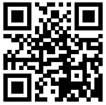
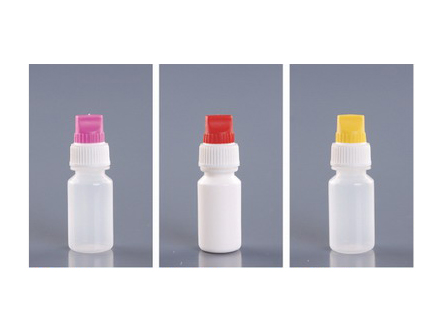 Rotary cap drip bottle
Rotary cap drip bottleThe rotary cap drip bottle is a commonly ...
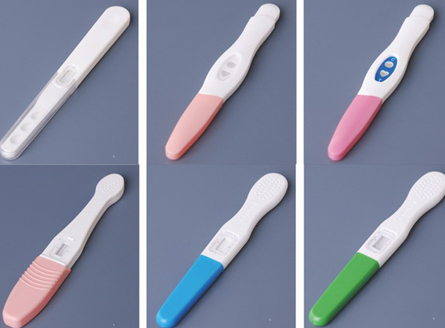 Gold Label Pen Card
Gold Label Pen CardThere are various specifications of gold ...
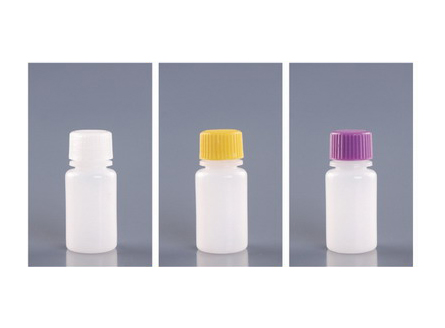 Wide mouthed reagent bottle
Wide mouthed reagent bottleThe wide mouthed reagent bottle adopts in...
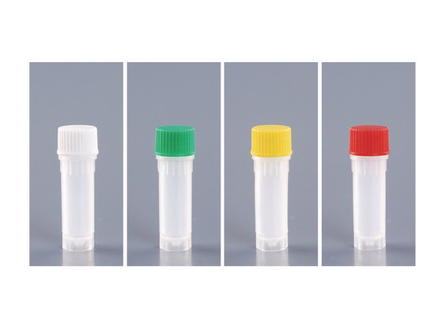 Serum bottle
Serum bottleThe sealing of the mouth and cap of the s...
FAX:+86-317-4052076
Email:czycgs@163.com
Web:www.xysjcz.com
Address:Du Sheng Xiang Xiao Liu Village, Cang County, Cangzhou City, Hebei Province
Current Location:HOME > NEWS > Industry information >
NEWSApplication of Gold Label Card Colloidal Gold Immunochromatographic Technology i
The excessive levels of microorganisms in food are mainly related to pathogenic bacteria in food. Common pathogenic bacteria in food include Escherichia coli, Staphylococcus aureus, Salmonella, Brucella, Vibrio cholerae, etc. Biochemical identification and isolation are crucial in the detection of pathogenic microorganisms& Nbsp; The conventional methods, which are complex in operation, low in sensitivity and specificity, bring many inconveniences to practical applications, and their effectiveness in immediate monitoring and early prevention is very limited. At the same time& Nbsp; Instrument analysis methods such as liquid chromatography and gas chromatography are also widely used in the detection of pathogenic microorganisms. However, the accompanying equipment of this method is quite expensive, which limits its applicability and is not conducive to detection. Colloidal gold immunochromatography technology can overcome its shortcomings and achieve detection
Gold Label CardThe test strip has high sensitivity and specificity, but due to limited laboratory bacterial resources, only 4 strains were detected, and further testing is needed to determine whether there are cross reactions with other methods. The sensitivity is not as high as PLR, ELISA, and other methods. However, the experimental test strip for detecting Escherichia coli still has the advantage of being able to achieve on-site detection. JaenamPark uses colloidal gold immunochromatography technology to simultaneously detect Salmonella, Legionella, Staphylococcus aureus, and Escherichia coli O157: H7, and the entire measurement process only takes 20 minutes.". In 2012, Wang Yujin et al. used the double antibody sandwich method to detect Escherichia coli O157: H7. In this experiment, the specific monoclonal antibody 1H2 against Escherichia coli O157: H7 antigen and the rabbit anti mouse IgG were wrapped in strips on the test band and quality control band of the nitric acid fiber membrane, respectively. Another monoclonal antibody 4F8 was labeled with colloidal gold and adsorbed on a binding pad to form a test strip for detecting Escherichia coli O157: H7 antigen. The result shows that the expression of Escherichia coli O157: H7& Nbsp; The low detection concentration was 100000 cfu/mL, and the experiment was completed within 10 minutes& Nbsp